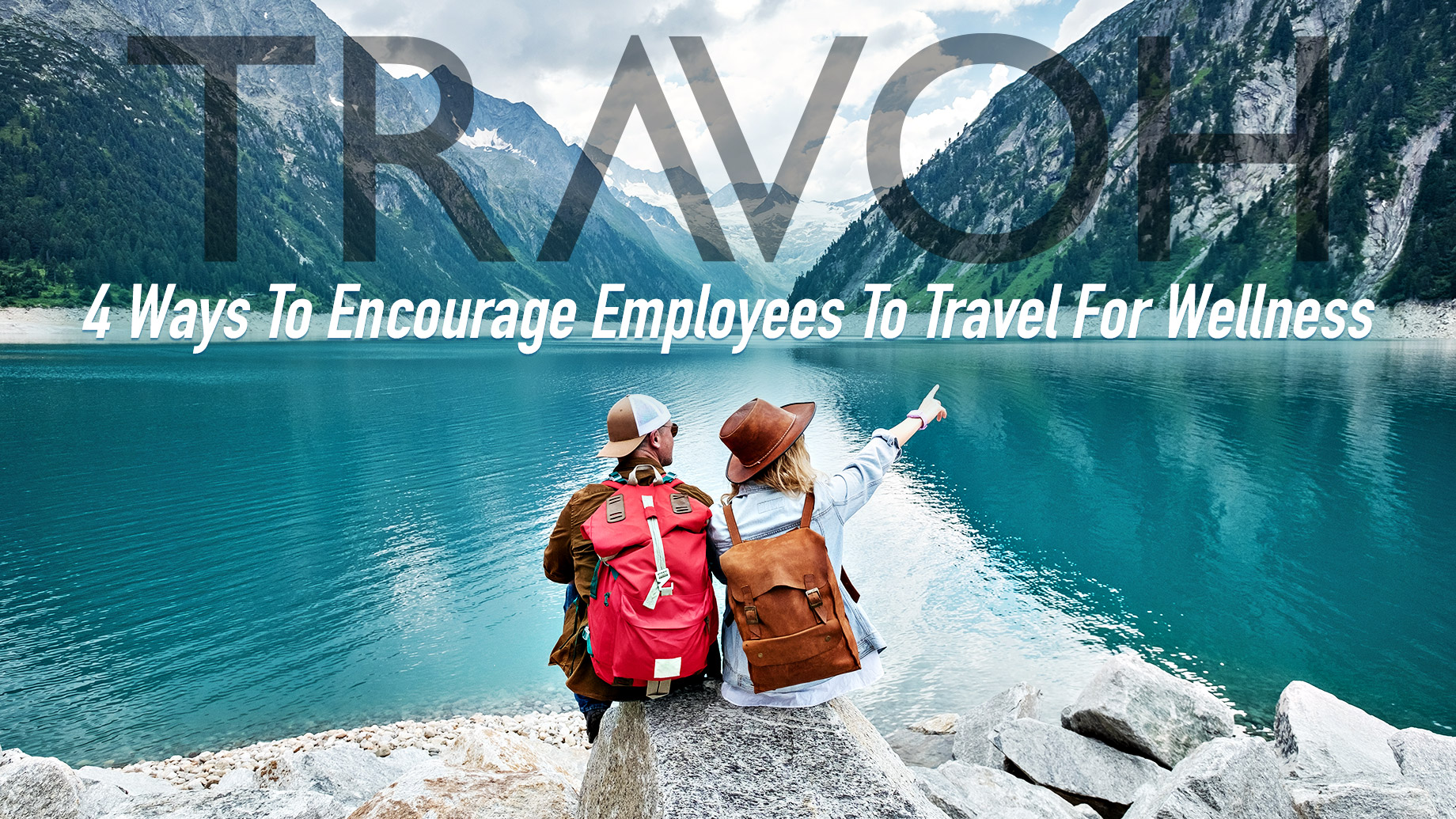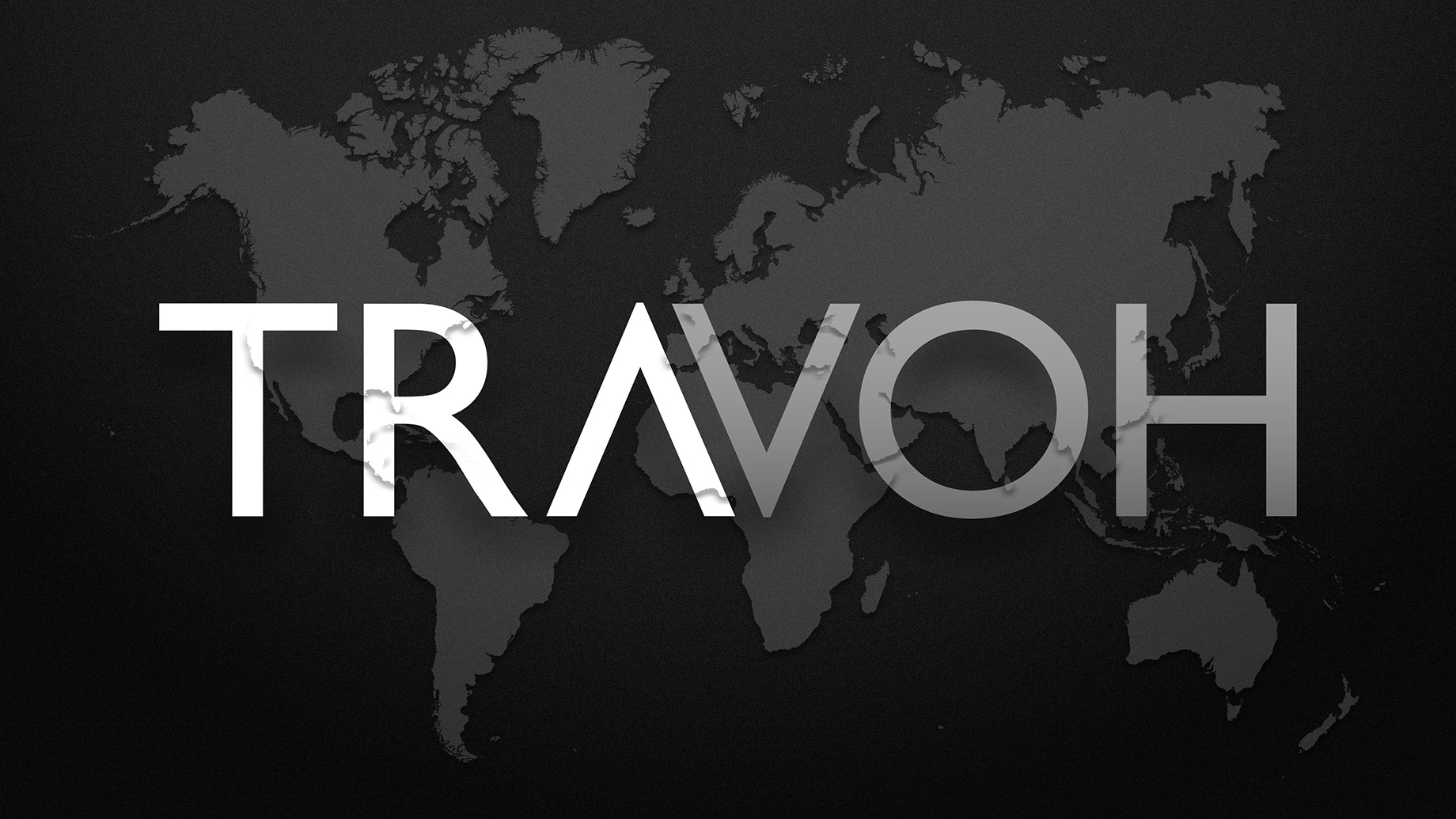
The growing importance of promoting the well-being of employees is not news to human resources (HR) practitioners. It’s been said again and again: employees are a company’s greatest asset. Without happy and healthy employees, it would be near impossible to have happy customers. As the world evolves, employee engagement programs should change with it as well. And now that the world is opening up to travel, more and more companies are seeing the value of encouraging employees to travel for wellness. Travel can help employees relieve their stress, gain inspiration, and take well-deserved rest.
So, how can businesses encourage their employees to travel the world not only for the sake of making meaningful memories but also for their own well-being?
Include Wellness in Employee Engagement Programs
It’s important to cover the basics. Make sure that your organization’s messaging is clear: you value employee wellness. This applies to physical and mental health. You can ask your employee engagement team to have regular wellness newsletters or reminders that will share health management best practices. From simple in-office wellness tips like using eye drops to prevent eye strain to “deskercise” routines that employees can do whether working onsite or remotely. Your newsletter can also have a corner dedicated to travel recommendations or even guest posts from actual employees who have traveled recently. This type of content can allow employees to feel that their company values their overall well-being and that they are actually encouraged to travel for their well-being. Additionally, they’ll see the added benefits of taking a leave from work and exploring.
Mandatory Use of Paid Time-off (PTO) for Leaders and Employees
Companies will benefit from encouraging employees to take time off. Not only should the practice of taking time off and using PTOs be practiced by management, it should also be ingrained in your leave system. Whenever employees log on to your HR or leave the management platform, they should be able to easily see how many PTOs they have and how many they’re “required” to take. Before, companies used to incentivize not taking any valuable time off by converting PTOs to cash or carrying them over to the following year, but that practice only reinforces the idea that employee time off and wellness are not part of the company’s priorities. If you want to get your message across, it pays to be consistent—from organizational communication to management’s behavior modeling to actual policies.
Partner with Travel Agencies and Travel-related Brands
Your organization can forge partnerships with travel agencies like travelsevenseas to make traveling easier and more accessible. You can ask for corporate discounts that employees can avail of when they show proof that they’re part of your organization. Doing so can help your employees travel more cost-effectively and provide your partner agency with a captive audience. Building relationships with travel-related brands for products like suitcases and outdoor gear will surely be appreciated by your team and may even give them some fun ideas for their next trip.
There are a lot of organizations that provide company-issued credit cards for employees who travel a lot for work. Some even allow the use of these credit cards for non-work travel expenses. This is great for companies that have an efficient credit card use management and auditing system that can make sure every transaction is properly categorized. If this is not something you can explore at the moment, you can consider reaching out to credit card companies that have extensive travel rewards programs to discuss their offerings with your employees. Those who are interested can apply on the spot and have their credit cards delivered once approved. Building partnerships with different industries will help your employees’ travel planning, and you can potentially have valuable partners for your business as well.
Make Traveling Worry-Free for Both Employee and Team
One of the main barriers to encouraging employees to travel is business continuity. You wouldn’t want to start calling or emailing your team member that’s on PTO about work concerns. To keep this burdensome situation from happening, make sure that the employee’s workload is covered during their time off. Your company should have practices in place for having a period for turning over work. The preparation should start somewhere between the moment the employee files their PTO and when they actually take their well-earned vacation. Standard operating procedures (SOPs) and workload management should make employee travel worry-free for both the employee and the company.
No matter what age you are, travel can be a great teacher and stress reliever. Travel can be a valuable source of healing, rest, and even inspiration. This is why companies should genuinely consider the many benefits that travel can provide for their hard-working employees. It’s not enough to have PTOs in the contract. Companies should do their best to effectively communicate that not only is taking time off allowed, but it is also highly encouraged.
